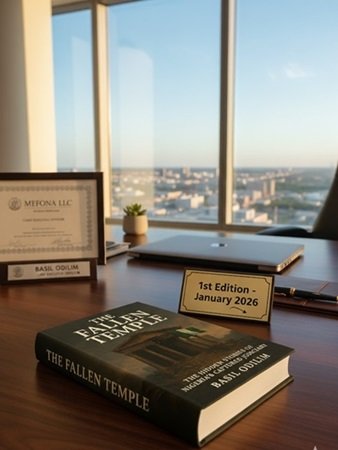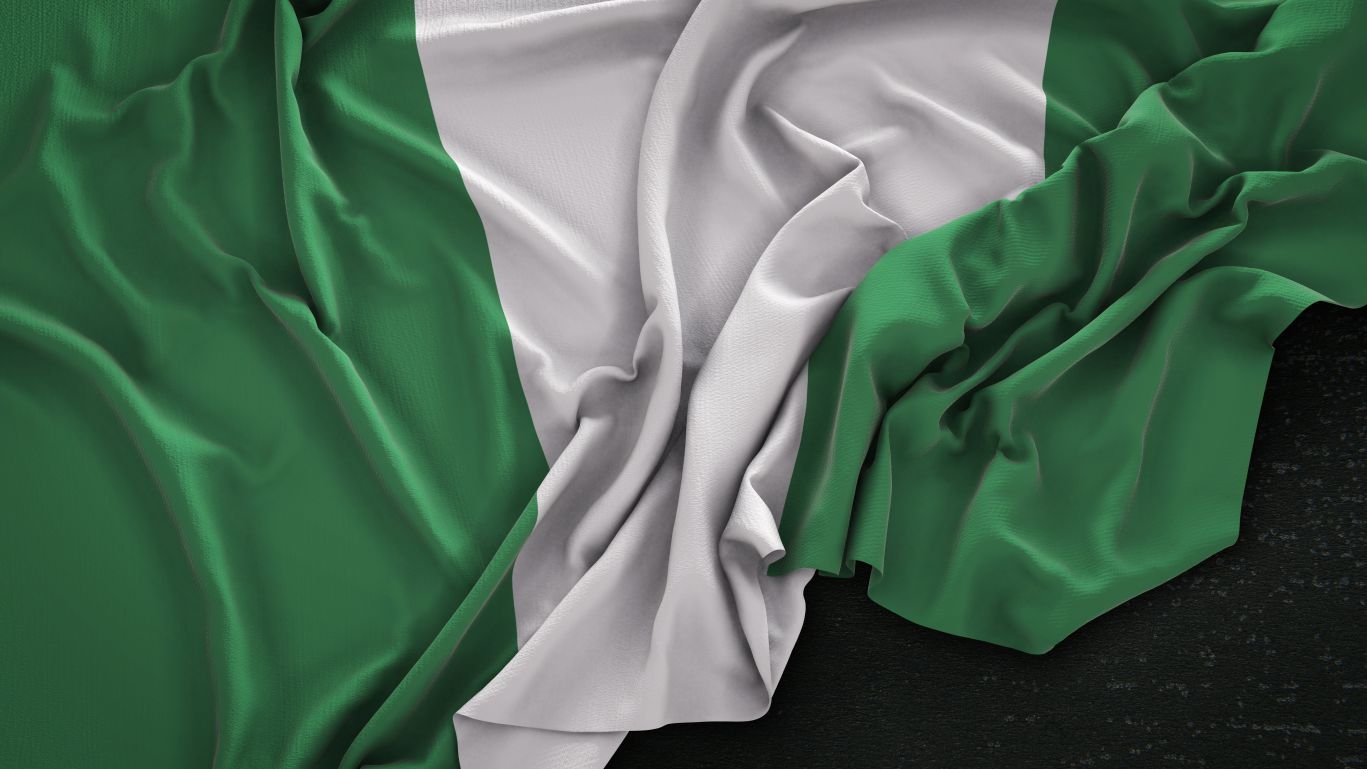Trump Standing in the Way of Institutional Corruption that Thrives on Global Crises

- PublishedFebruary 12, 2025
Basil Odilim
For decades, war, terrorism, and disease have been the most profitable industries, fueling institutional corruption at the highest levels of government and private enterprise. Behind these crises are intelligence agencies, defense contractors, and pharmaceutical giants—powerful entities that manipulate global instability to secure perpetual government funding and corporate dominance. The CIA, in collaboration with the privately owned military-industrial complex, has instigated targeted wars and social unrest, ensuring that the U.S. government remains locked in an endless cycle of defense spending. Meanwhile, the pharmaceutical industry exploits global health crises, suppressing effective treatments to sustain a multi-trillion-dollar market of dependency.
The model for this system of control has deep historical roots. European dynastic wars, spanning centuries, were often prolonged by financial elites like the Rothschild banking dynasty, who profited by funding both sides. This same strategy evolved into the modern military-industrial complex, which President Dwight D. Eisenhower warned about in 1961. His fears were realized as America became permanently engaged in costly wars, justifying an ever-expanding defense budget.
From Vietnam to the War on Terror, America’s conflicts have followed the same pattern. The Vietnam War, escalated under dubious pretexts, enriched corporations like Lockheed Martin and Boeing while leading to millions of deaths. The 2003 Iraq invasion, justified by false claims of weapons of mass destruction, funneled over $2 trillion into defense contracts while devastating an entire region. In Africa, terrorist groups like Boko Haram serve as perpetual justifications for massive defense expenditures, with Nigeria alone allocating over a trillion naira annually to military spending. The pattern is clear—wars are not meant to be won, only prolonged to justify endless funding.
The same is true for terrorism. After 9/11, the “War on Terror” became the most profitable racket in history. The CIA, rather than eliminating threats, managed them—ensuring that groups like ISIS continued to exist, providing the pretext for indefinite military engagement. Declassified U.S. documents confirm that intelligence agencies were aware of ISIS’s rise yet did nothing to stop it. Instead, they leveraged its existence to justify continued intervention in Syria, Iraq, and beyond.
But war and terrorism are only one side of the coin. The global health industry follows the same script—exploiting diseases to secure massive government funding while keeping real solutions out of reach.
HIV/AIDS, for instance, saw billions funneled into pharmaceutical companies, while alternative treatments were ignored. The COVID-19 pandemic further exposed how health crises could be weaponized for profit, with governments enforcing rushed vaccine mandates while silencing discussions on natural immunity and alternative therapies. The trillion-dollar cancer industry operates similarly, where research prioritizes long-term treatments over potential cures, ensuring continuous profits for pharmaceutical giants.
At the core of this system is a simple truth: perpetual crises generate more wealth than solutions. Wars are designed to be endless, terrorism is meant to be managed—not defeated—and diseases are kept alive to sustain the pharmaceutical industry. The institutions that claim to fight these crises are the same ones ensuring their survival.
This corruption extends even into international aid organizations. The Trump administration’s recent decision to shut down USAID operations worldwide stems from an awareness of these fraudulent practices. Many humanitarian organizations, under the guise of relief efforts, have played a direct role in exaggerating conflicts and diseases to secure funding. The same institutions that claim to fight poverty, terrorism, and pandemics are often the ones ensuring these problems never truly disappear.
Trump, with access to classified intelligence, has likely come to understand the extent of this deception. Unlike his predecessors—who either remained silent or lacked the power to challenge it—Trump has taken steps to expose and disrupt this system. His push to impose tariffs and weaken the World Trade Organization (WTO) reflects an understanding that global financial institutions are designed to benefit a transnational elite while exploiting American workers and developing economies.
But the true battle is against the intelligence deep state. The CIA, long operating as a state within a state, has controlled American foreign and domestic policy through covert wars, regime changes, and social destabilization. Leaders who challenged this order—like John F. Kennedy—faced dire consequences. Others, including Bush and Obama, either expanded the agency’s reach or quietly complied.
Trump, however, is taking a different path. He is actively dismantling these corrupt institutions, firing high-ranking officials linked to this system of perpetual crisis. His administration’s efforts to cut fraudulent government spending, shut down intelligence-linked aid organizations, and rein in the war machine suggest that, for the first time in modern history, a U.S. president is not just aware of the intelligence state’s power but is actively working to dismantle its control. Whether he succeeds remains uncertain, but his actions prove one thing: the war machine is being confronted, and for those profiting from perpetual conflict, nothing is more dangerous than a leader who refuses to play along.








